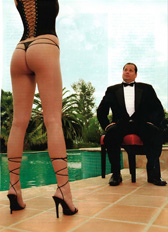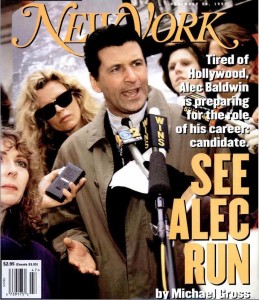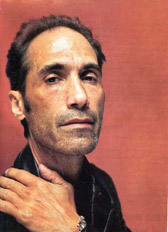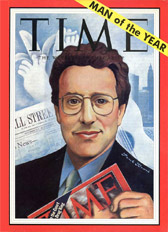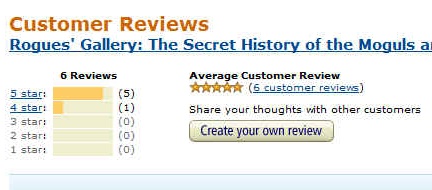
Readers of Rogues’ Gallery are filling the (possibly not-so) curious silence to date of mainsteam media book reviewers concerning Rogues’ Gallery. An S. McGee, amazon-certified to be using a real name, has penned a thoughtful and not uncritical view of the book that I very much like despite its quarrels with me. Calling it a “a peek behind the scenes at the shenanigans of the donors, trustees, curators and directors at the Metropolitan Museum of Art over the nearly 140-year life of that institution,” McGee adds, “Gross tackles the Met’s larger than life personalities with a pen dipped in vitriol and a degree of enthusiasm that has probably caused several coronaries among his targets and set skeletons rattling in closets as enthusiastically as former Met director Thomas Hoving once made the mummies dance.” McGee says Rogues’ Gallery’s “most significant shortcoming” is that “it is the personalities and not the institution that are at the heart of the book.” To that, I plead guilty as charged. The Met is a huge institution and a huge subject and to write both the book I intended and the several others McGee wishes I had written would have taken decades and far more pages than any but the most obsessed would ever want to read. (McGee properly points to several other books, including the recent Loot by Sharon Waxman, a wonderful look at the antiquities trade, that fill those gaps.) As it is, the manuscript of Rogues’ Gallery was trimmed cut by more than a third to produce the final product which runs just under 500 pages, not counting bibliography, source notes and index. I’d like to believe those cuts helped produce what McGee, in the end, decides is “a wonderful book.”

